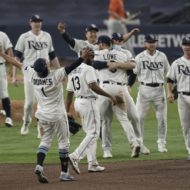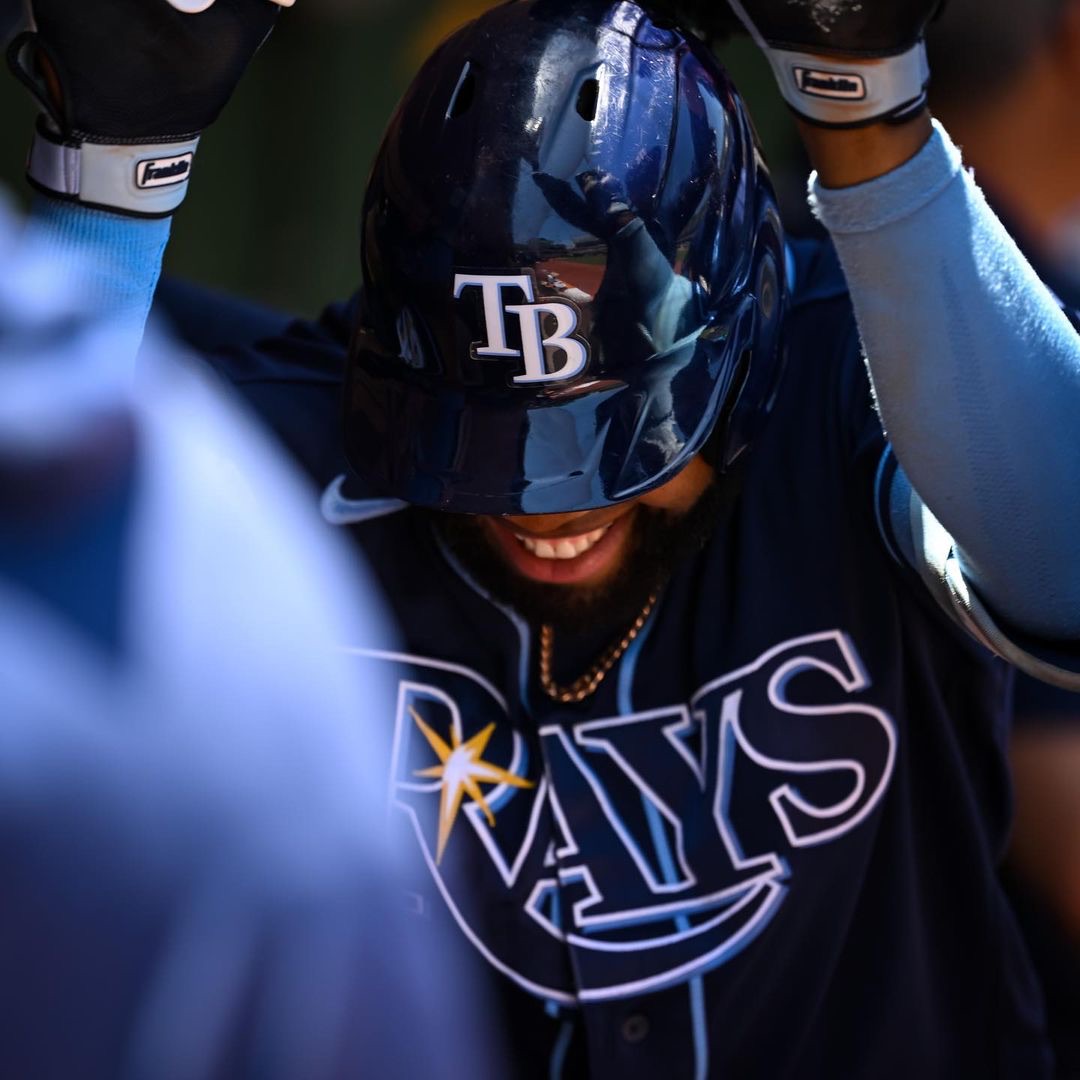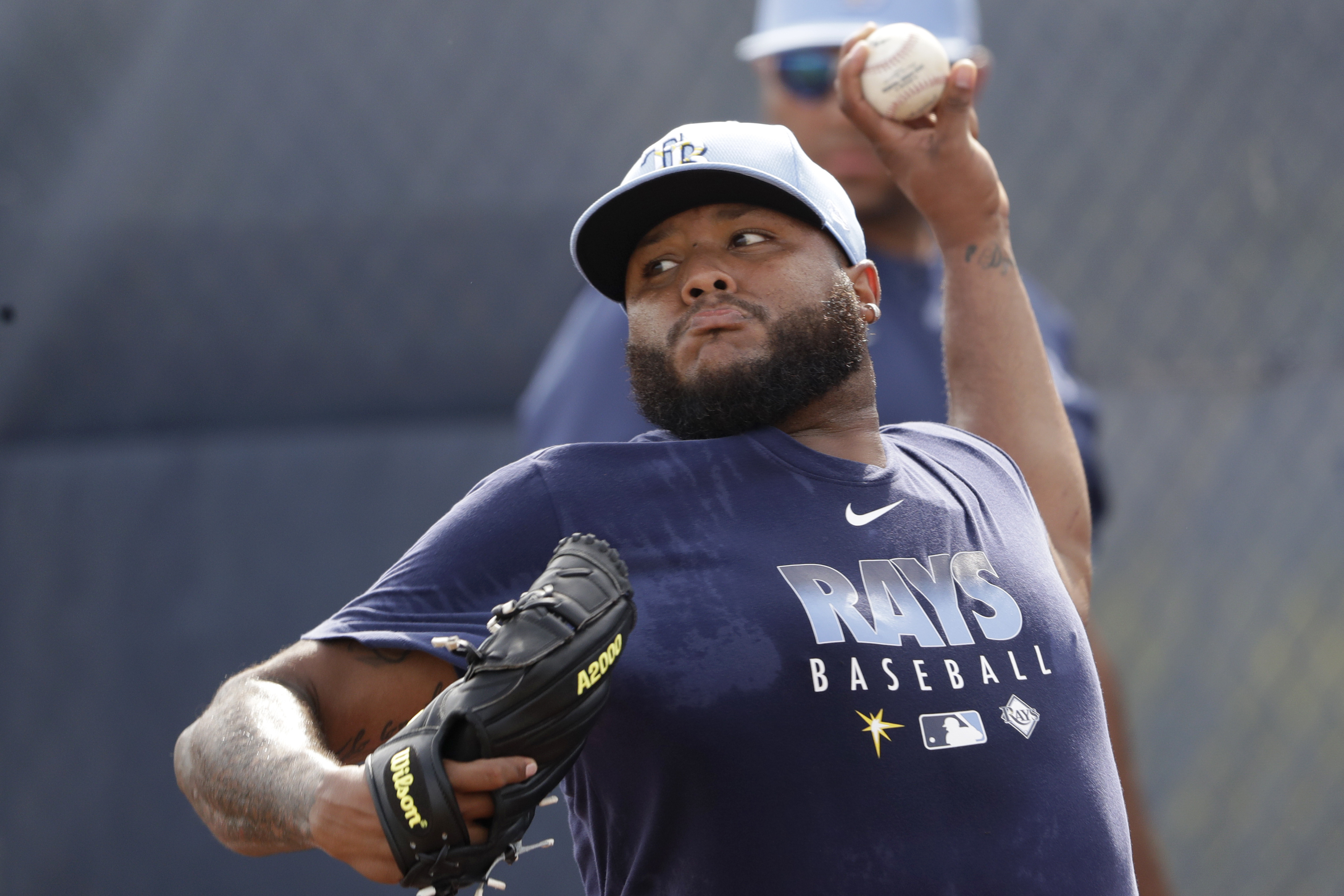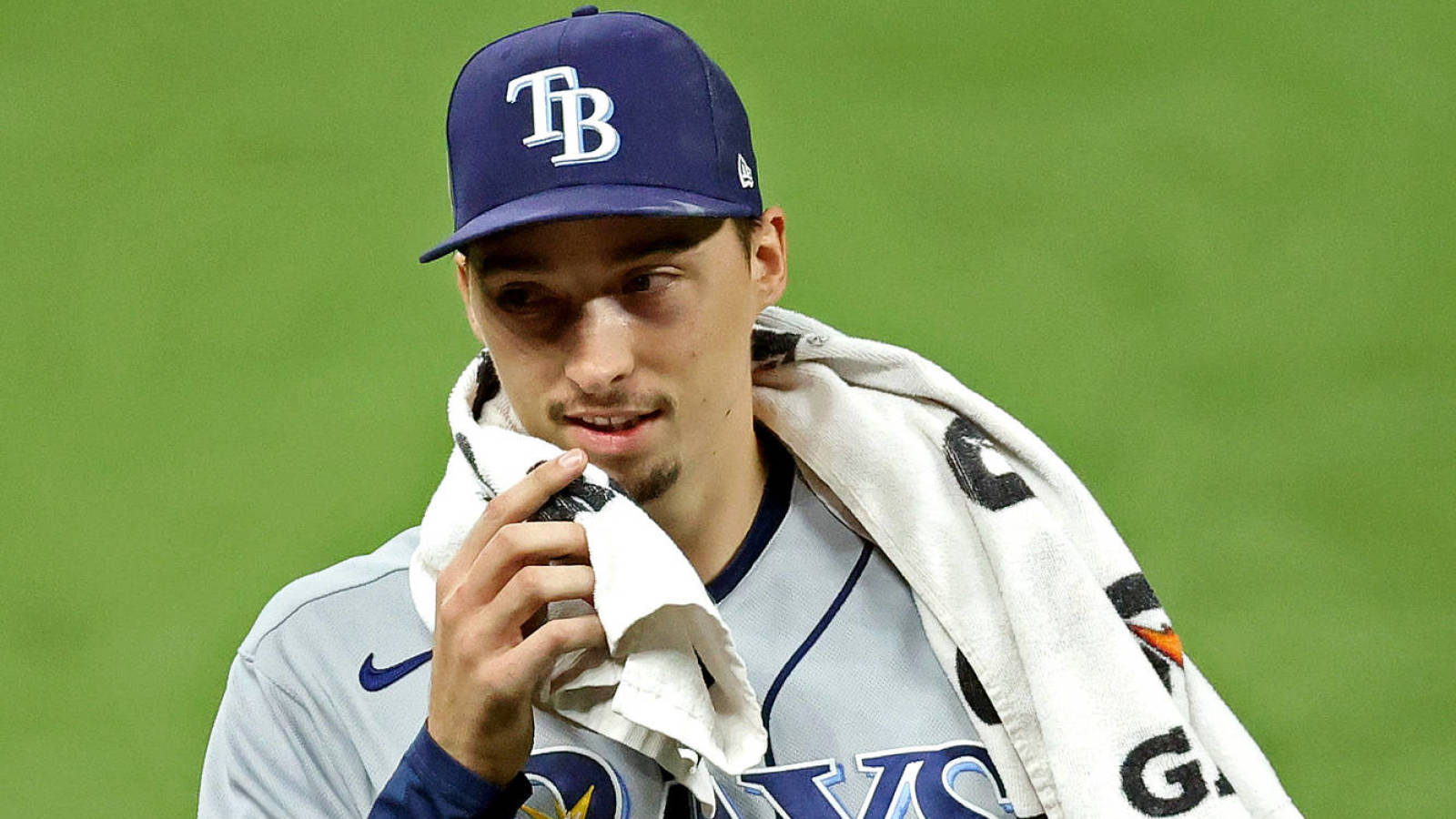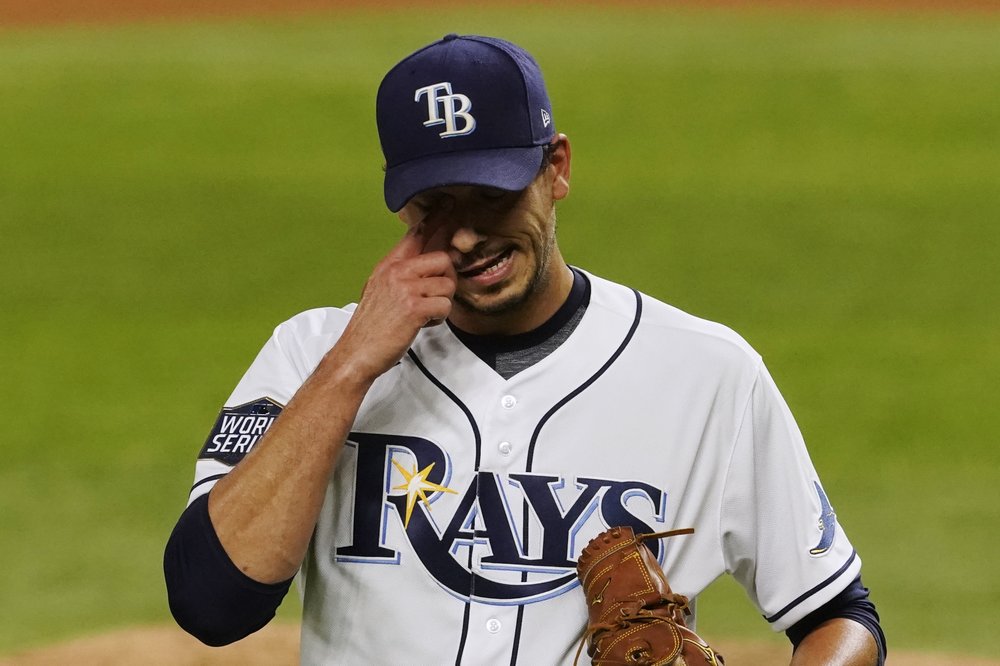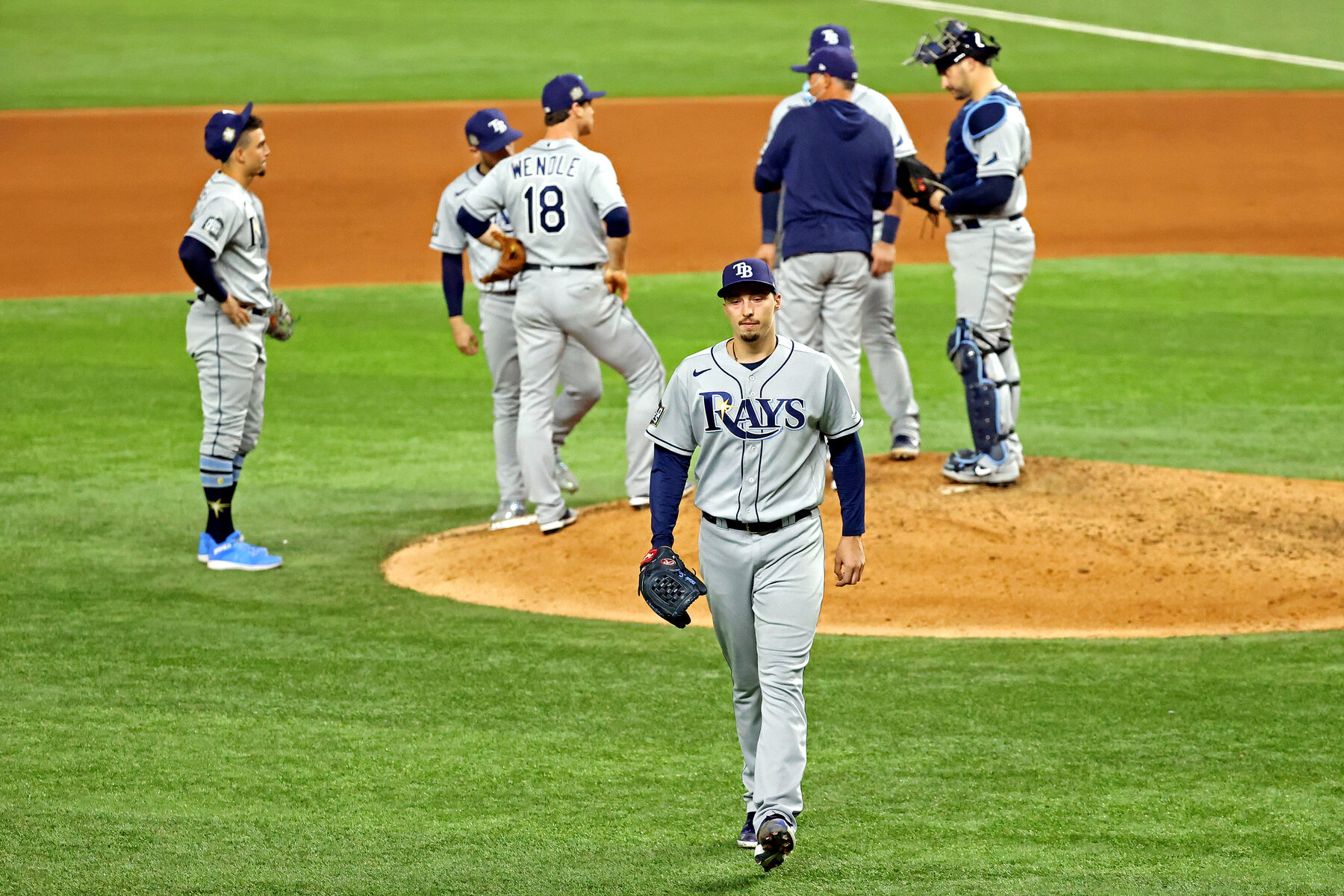After splitting a four-game series against the A’s, the Tampa Bay Rays will cap their seven-game west coast road trip in San Diego, where they will start a three-game series against the Padres on Friday.
Tag Archives: Blake Snell
Rays deal Jose Alvarado to Philly in a three-team trade; Erik Neander on the Blake Snell trade
The Tampa Bay Rays stayed active on Tuesday, dealing left-hander Jose Alvarado to Philadelphia in a three-team deal.
Rays trade Blake Snell to San Diego in a five-player deal
The Tampa Bay Rays made a gallant attempt at defending the 2020 American League pennant by dealing Blake Snell to San Diego in a five-player trade. If that sentence had you scratching your head, that was by design.
Charlie Morton signs with Atlanta, Rays are open to the idea of trading Blake Snell
A day after the Tampa Bay Rays made waves by informing other teams they are open to the idea of trading left-hander Blake Snell (more on that below), the team was dealt a major blow when Atlanta announced it inked a one-year, $15-million deal with right-hander Charlie Morton.
Looking back on the contentious decision to pull Snell in Game 6 of the World Series
I’ve heard both sides of the discussion, and I have finally come around to accept the decision, although I will say Cash did make a costly error: he called upon Nick Anderson instead of Diego Castillo or Ryan Thompson.
